Presentation: Critical Analysis of Minimum Wage Increase in Australia
VerifiedAdded on 2022/11/14
|10
|1366
|75
Presentation
AI Summary
This presentation critically analyzes the advantages of a lower minimum wage increase in Australia, examining its impact from various economic perspectives. It explores the influence on the labor market, employees, businesses, and the overall economy. The presentation utilizes economic theories to support its arguments, discussing wage as a metric of supply and demand, and the impact on different worker skill levels. It considers the Keynesian theory of consumption, the short-term effects on employment costs, and the long-term implications on industrial structure and purchasing power. The presentation references academic sources and concludes that the negative impacts of higher minimum wage increases outweigh the positives, particularly for small businesses and individual employees. This presentation was created as part of an assignment for a university course on critical thinking and managerial decision making.
1 out of 10
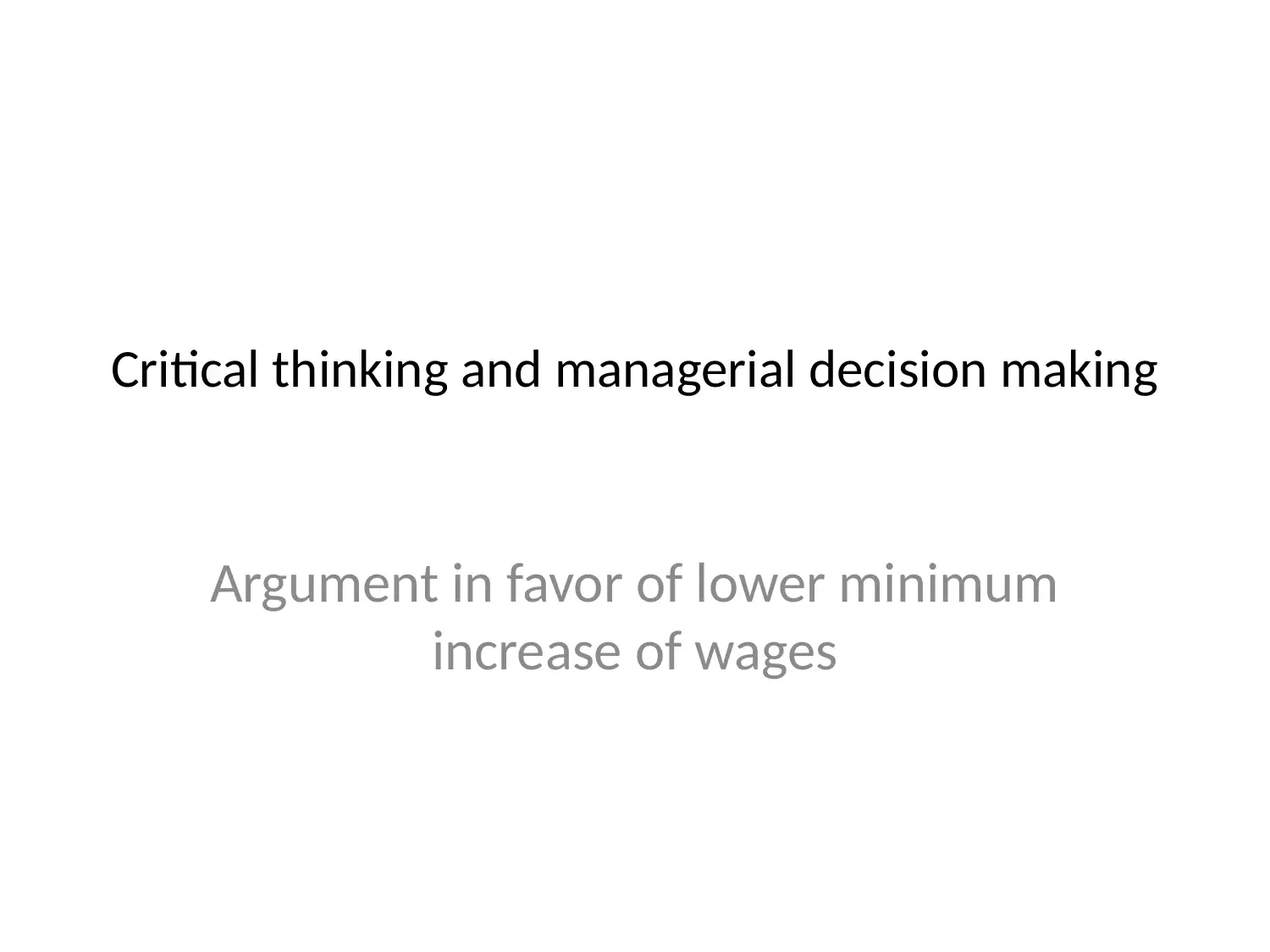
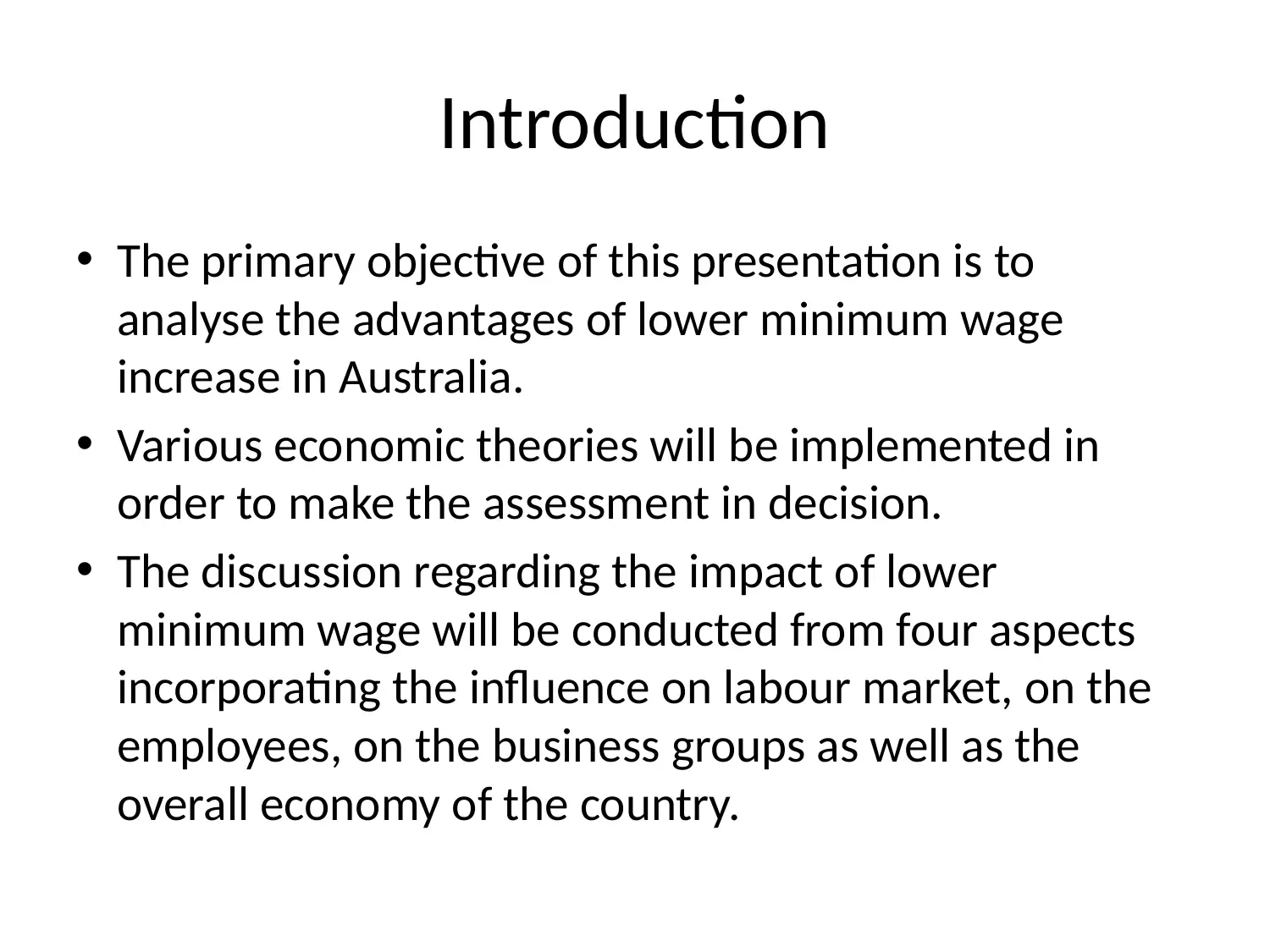

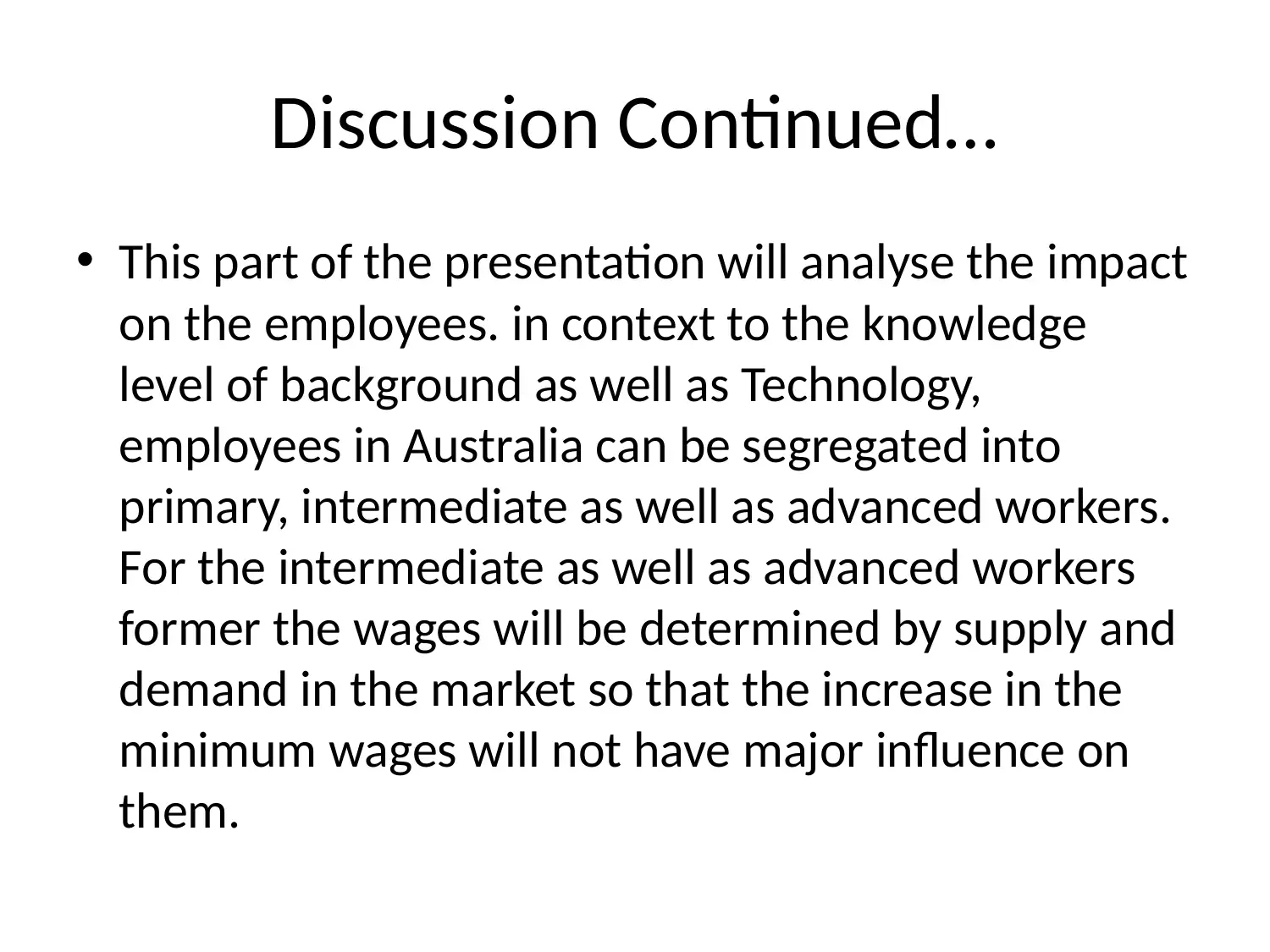
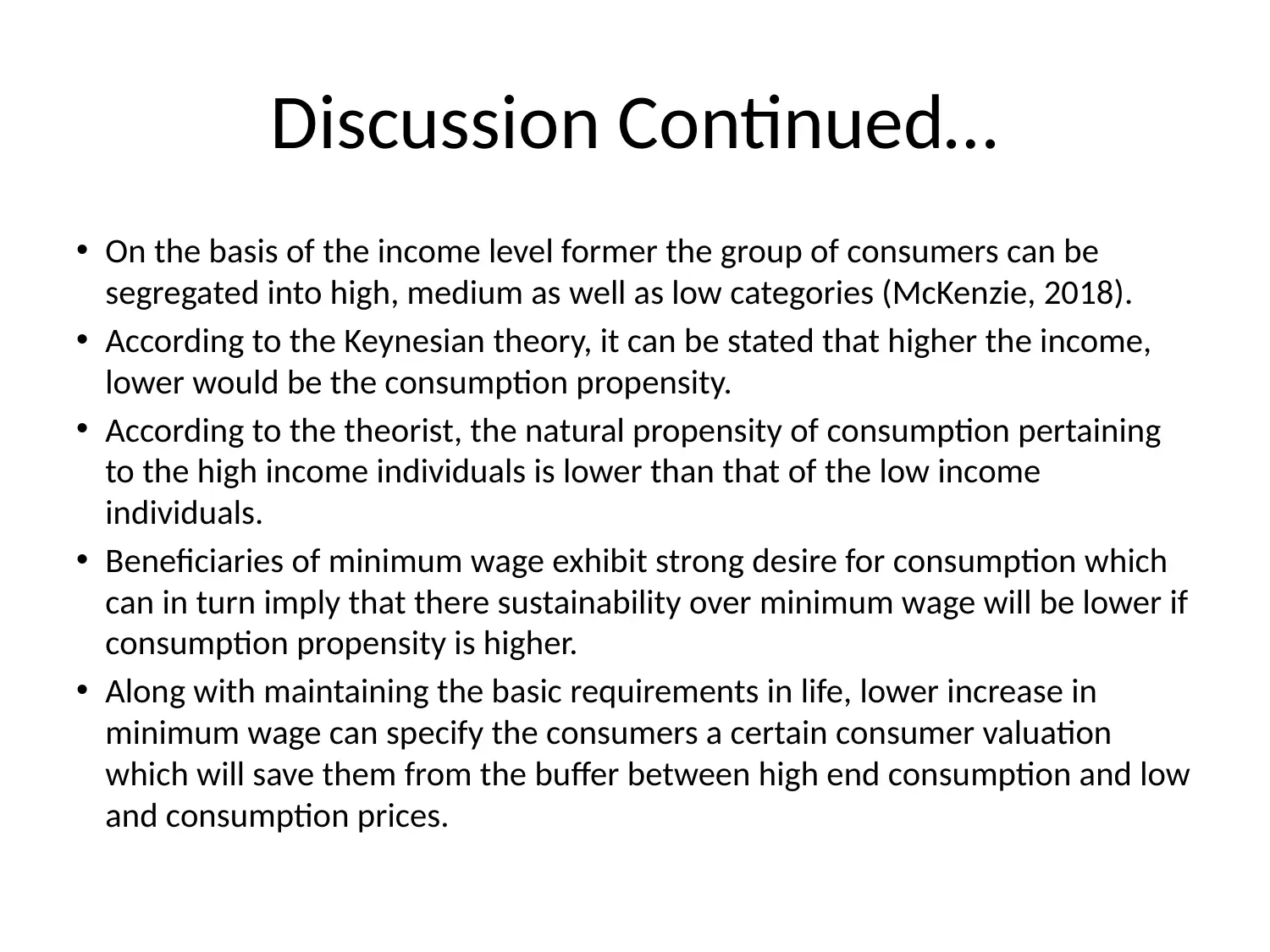
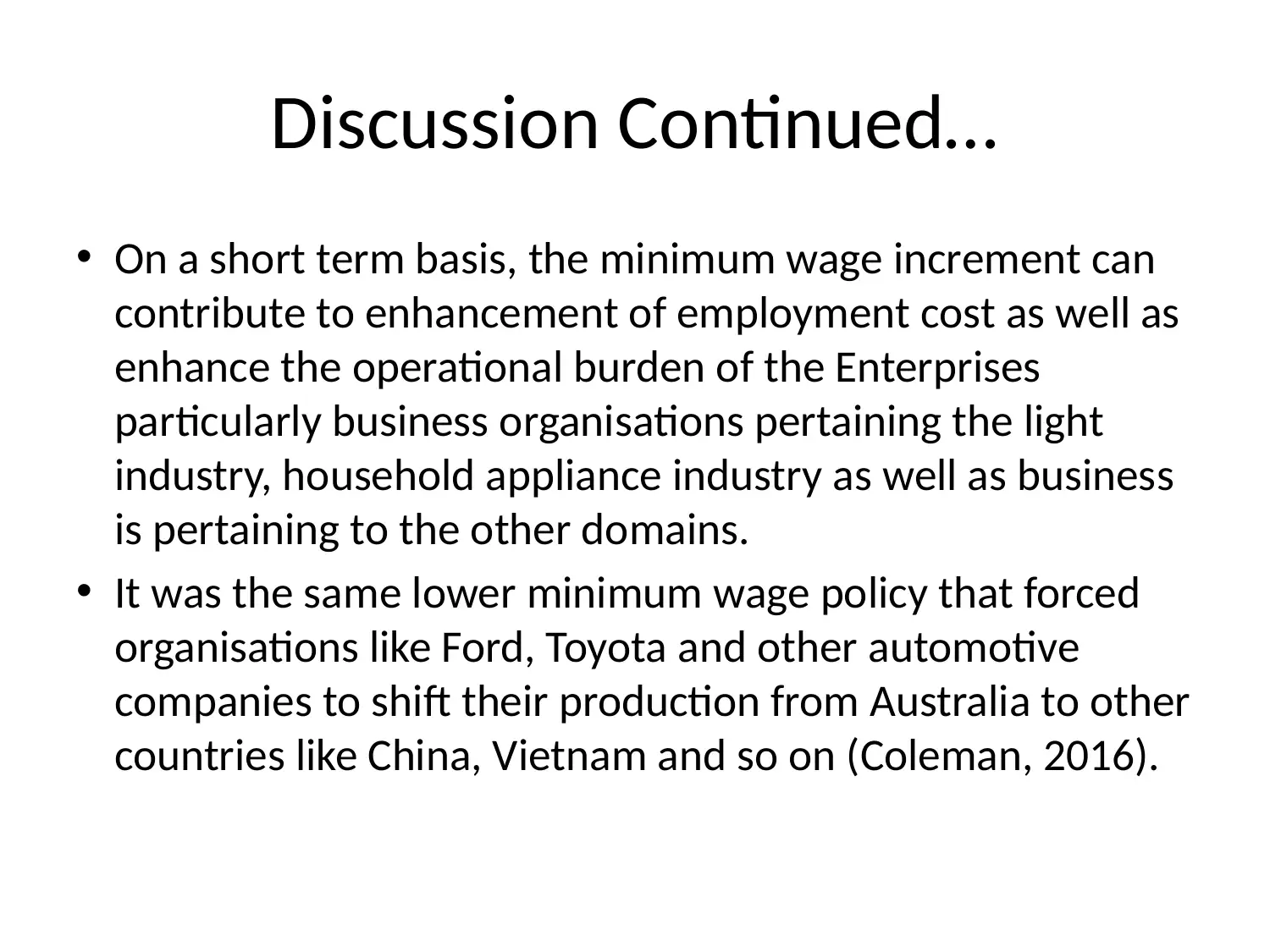
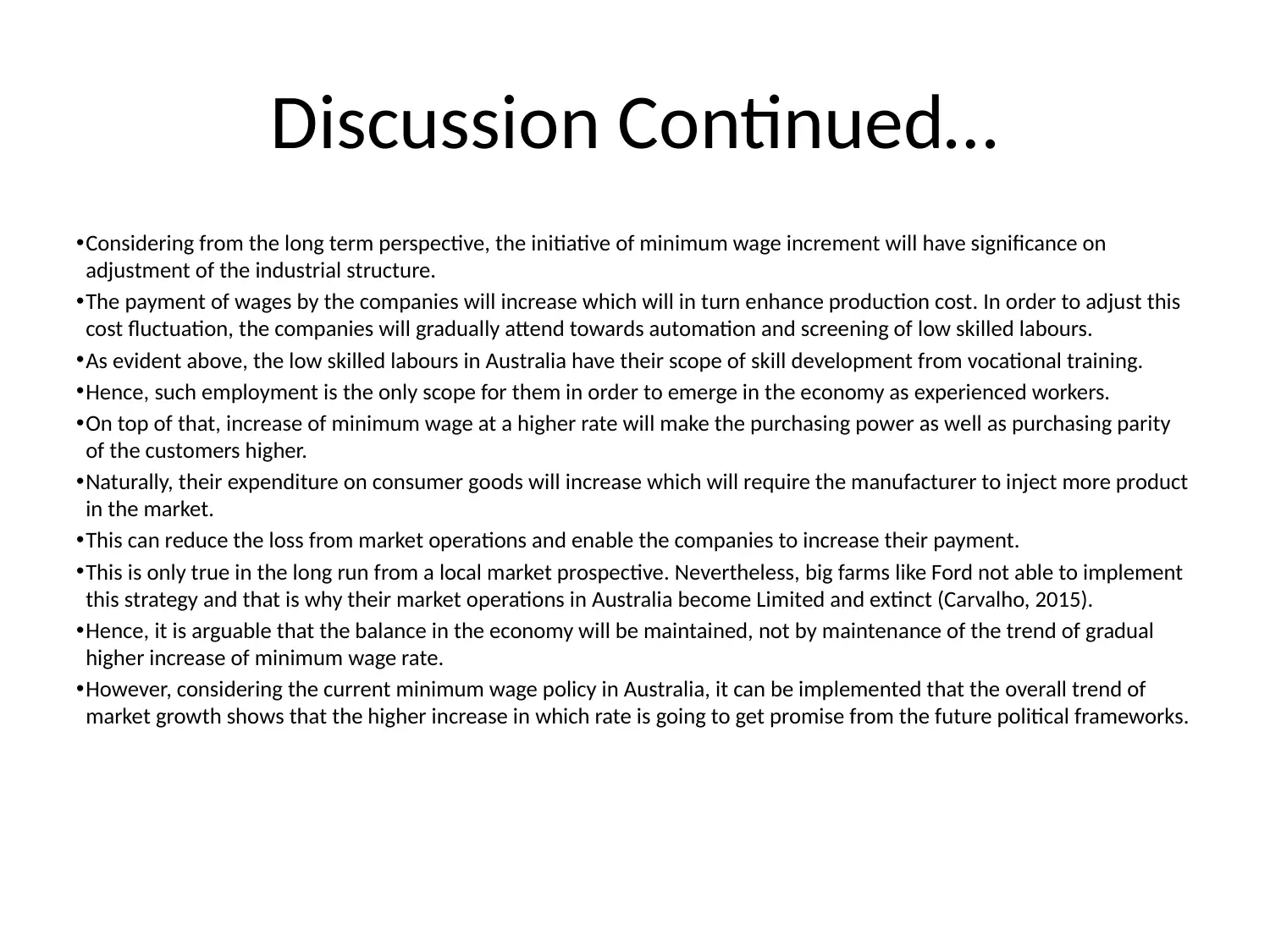
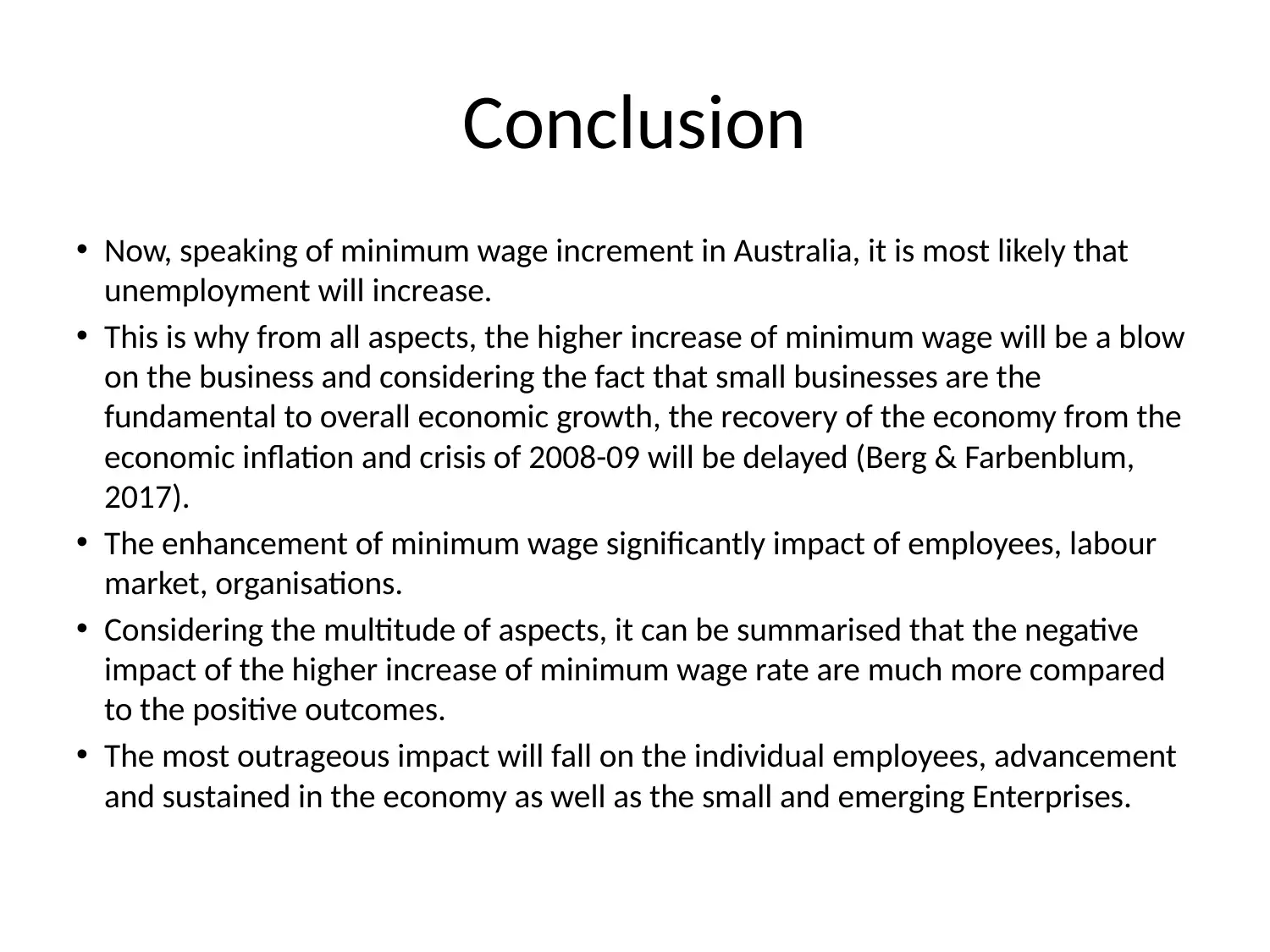
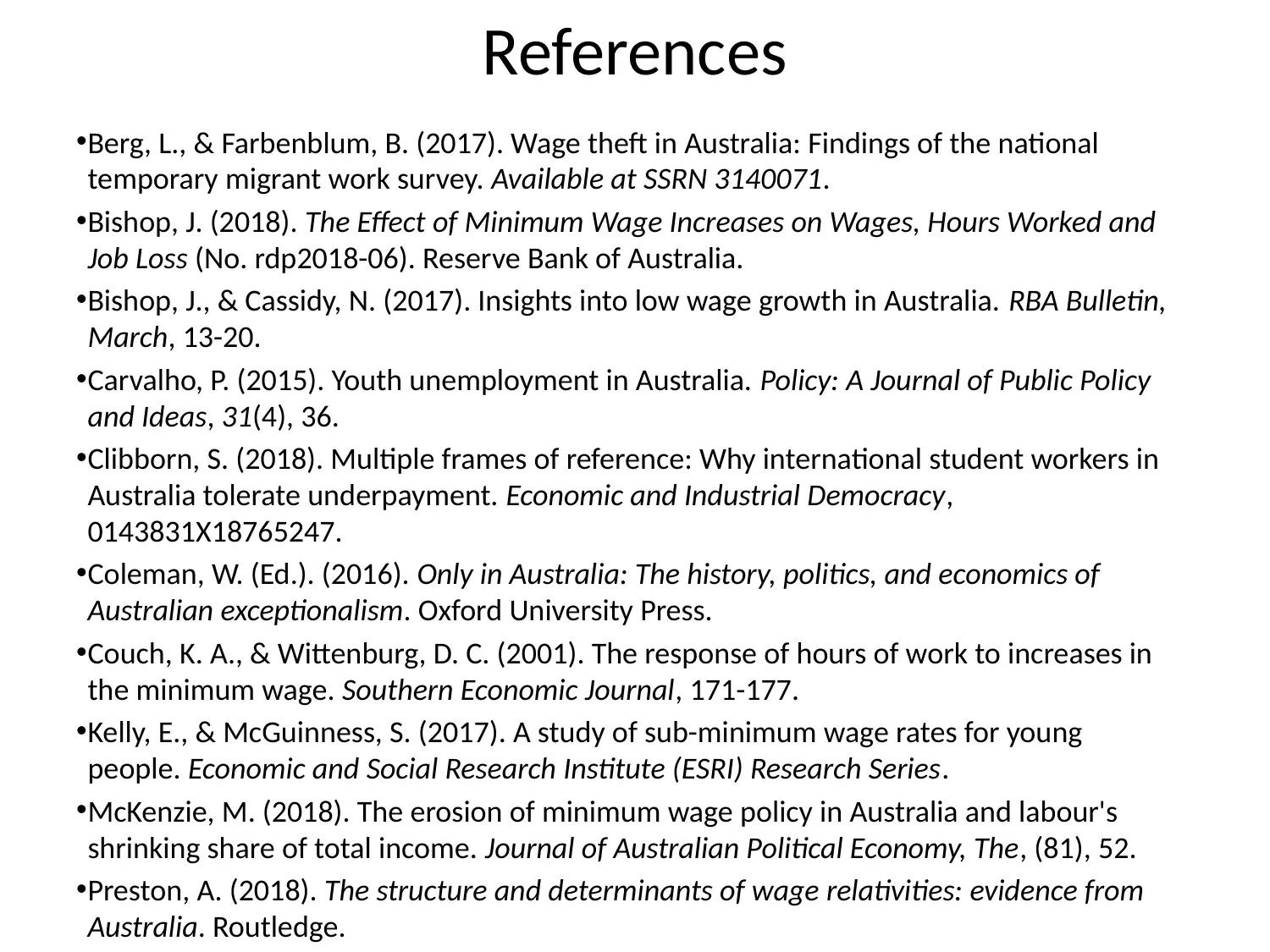







![[object Object]](/_next/static/media/star-bottom.7253800d.svg)